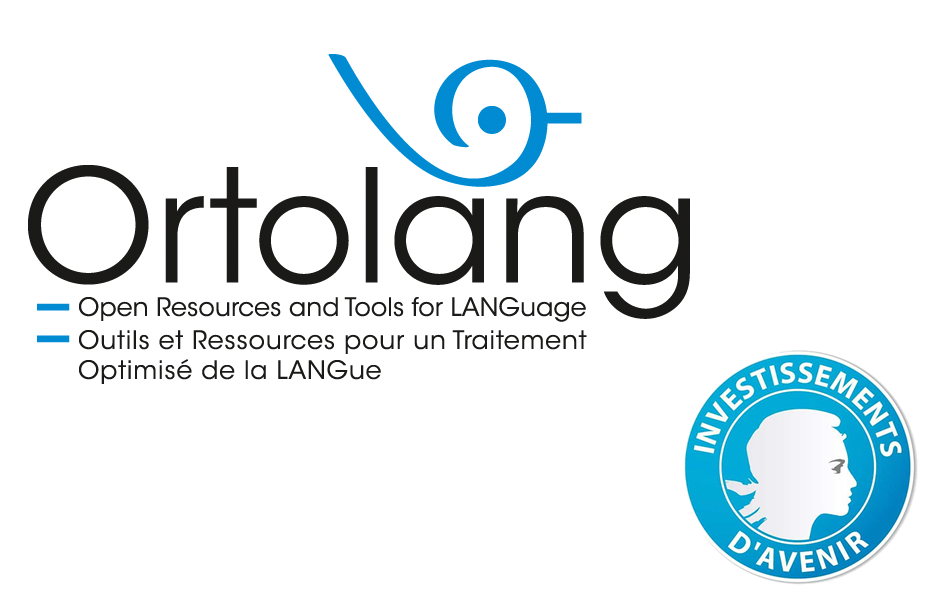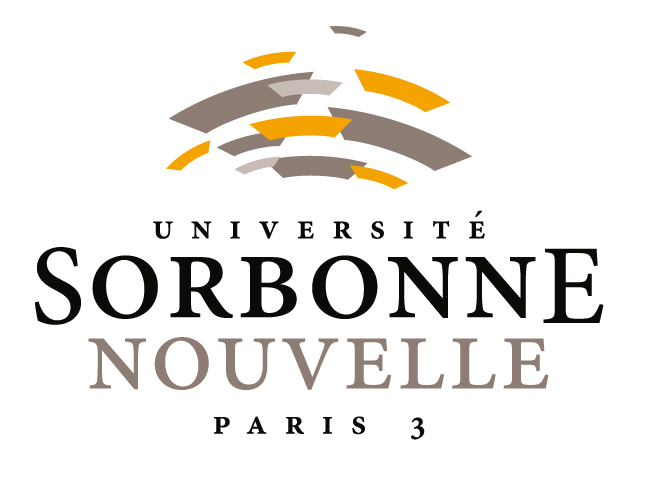Travaux scientifiques des membres du projet
- Del Ré, A. (2003). L’explication et l’humour chez le jeune enfant. La linguistique : 75-91.
- Del Ré, A. (2011) A criança e a magia da linguagem: um estudo sobre o discurso humorístico. São Paulo, Cultura Acadêmica.
- Del Ré, A. & Morgenstern, A. (2009). To laugh or not to laugh: that is the question, in IADA 2009 - Polyphony and Intertextuality in Dialogue. Barcelona: University of Münster, v.2. 41–54.
- Del Ré, A., Morgenstern A., Dodane, C., Quimello, H. (2013). Diversão partilhada, humor e ironia : um estudo sobre a produção de enunciados por uma criança brasileira. In Alessandra Del Ré, Luciani de Paula & Marina Mendonça, Explorando o discurso da criança. Sâo Paulo : Contexto.
- Dodane, C., Hirsch, F., Sauvage, J. et Barkat-Defradas, M. (2012). Une analyse préliminaire du rire chez des enfants de 18 à 36 mois. Actes des XXIXème Journées d’Etudes sur la Parole. Grenoble, 4-8 juin 2012.
- Dodane, C., Sauvage, J., Hirsch, F., Barkat-Defradas, M & Del Ré, A. (2013). Riso e discurso: do acustico ao contextual, em Del Ré, de Paula e Mendoza, Explorando o discurso da criança, Contexto, São Paulo.
Références bibliographiques
- Apte, M.L. (1985). Humor and Laughter: An Anthropological Approach, Ithaca (NY): Cornell University Press.
- Bariaud , F.(1983). La genèse de l’humour chez l’enfant, Paris: PUF.
- Béal, C., Traverso V. (2010) Hello, we’re outrageously punctual: front door rituals between friends in France and Australia, Journal of French Language Studies, 20-1, 17-29.
- Béal, C., Mullan K. (2013) Issues in conversational humour from a cross-cultural perspective: comparing French and Australian corpora in Béal, C. Mullan, K., Peeters, B. (éds.), Cross-culturally Speaking, Speaking Cross-culturally, Cambridge Scholar Press.
- Black, D. W. (1984). Laughter. Journal of the American Medical Association, 252, 2995-2998.
- Bruner, J. S. (1981). The social context of language acquisition. Language and Communication 1, 155–178.
- Clark, H. H. (1996). Using Language. Cambridge: CUP.
- Coulson, S. (2000). Semantic Leaps. Frame-Shifting and Conceptual Blending in Meaning Construction. Cambridge: Cambridge University Press.
- Darwin, Ch. (1872). The Expression of the Emotions in Man and Animals. London: Murray [3rd edition P. Ekman.(ed.) Oxford University Press: N. Y.
- Grammer, K., & Eibl-Ebesfeldt, I. (1990). The ritualisation of laughter. In W. A. Koch (Ed.), Natürlichkeit der Sprache und der Kultur: acta colloquii, Bochumer Beiträge zur Semiotik, 18 (pp. 192–214). Bochum: Brockmeyer.
- Hoicka, E., & Gattis, M. (2008). Do the wrong thing. How toddlers tell a joke from a mistake. Cognitive Development, 23(1), 180-190.
- Hoicka, E., & Gattis, M. (2012). Acoustic differences between humorous and sincere communicative intentions. British Journal of Developmental Psychology, 30(4), 531-549.
- Jefferson, G. (1979) 'A technique for inviting laughter and its subsequent acceptance/declination'. In: George Psathas, ed., Everyday language: studies in ethnomethodology. New York: Irvington, 79-96
- Légaré, S. (2009). Les origines évolutionnistes du rire et de l’humour. Mémoire présenté à la faculté des études supérieures. Dir. Charpais, B. Université de Montréal.
- Levinson, S.C. (1992). Activity types and language. In : P. Drew and J. Heritage (eds.). In Talk at Work: Interaction in Institutional Settings. (pp.66-100). Cambridge: Cambridge University Press.
- McGhee, P. E. (1979). Humor, its Origin and Development. San Francisco: W.H. Freeman, 251 p.
- Mehu, M. (2006). An evolutionary approach to human social behavior: The case of smiling and laughing. School of Biological Sciences, 270.
- Mehu, M. (2011). Smiling and laughter in naturally occurring dyadic interactions: relationship to conversation, body contacts, and displacement activities. Human Ethology Bulletin, vol. 26, iss. 1, 10-28, 2011.
- Norrick, N.R. (2006). Humor in language. In: K. Brown (ed.). Encyclopaedia of Language and Linguistics. pp. 425-426. Amsterdam: Elsevier.
- Provine, R.R. (1993). Laughter punctuates speech: linguistic, social and gender contexts of laughter. Ethology, 95, 291-298.
- Provine, R.R. (1996). Laughter. American Scientist, 84.1, 38-47.
- Provine, R. R.& Y. L. Yong (1991). Laughter: a stereotyped human vocalization. Ethology , 89, 115-24.
- Sroufe, L.A. & Waters, E. (1976). The ontogenesis of smiling and laughter : A perspective on the organization of development in infancy. Psychological Review, 83, 173-189.
- Sroufe, L. A., & Wunsch, J. P. (1972). The development of laughter in the first year of life. Child Development, 43, 1326-1344.
- Vettin, J., & Todt, D. (2004). Laughter in Conversation; Features of Occurrence and Acoustic Structure. Journal of Nonverbal Behavior, Vol 28(2), 93-115.
- Wagner, J., & Vöge, M. (Eds.). (2010). Laughter in interaction [Special issue]. Journal of Pragmatics, 42(6).
- Walker, G. (2013) Young Children's Use of Laughter After Transgressions, Research on Language and Social Interaction, 46:4, 363-382.





